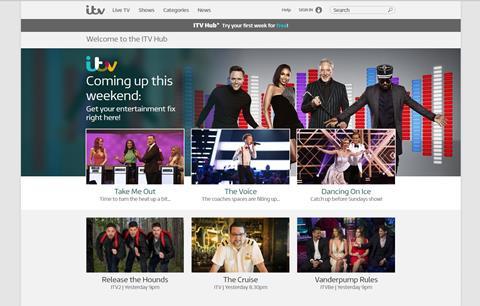Over the course of 2017 the broadcast industry became an even more complex and varied space, writes Nick Moreno.
Newer distribution models such as OTT and VOD have become more accessible – both operationally and commercially – thanks to a variety of factors, including lower technology costs, faster broadband speeds, and the increased pace of innovation.

This changing landscape means that, regardless of experience, emerging media companies (i.e. ‘born digital’ players and brands) now find themselves on a level playing field with traditional broadcasting giants when it comes to distributing their content direct-to-consumer (DTC). And so the head-to-head competition for eyeballs intensifies.
So how will broadcasters of all shapes and sizes navigate this increasingly tricky terrain in 2018? Below are two key trends we expect to see evolve over the next year as content owners seek to stay ahead of the game.
Monetisation is key
With the Internet Advertising Bureau (IAB) reporting that the average UK household now owns 8.3 connected devices, including TVs, laptops and smartphones, the opportunity for audiences to engage with TV content in all its forms is rapidly expanding.
The living room is no longer the sole domain of today’s broadcaster, and rights holders must battle for viewership across multiple screens, platforms and locations in order to get the biggest returns on their content.
Coupled with the fact that linear broadcasters – such as the BBC and ITV – are currently competing with global OTT powers such as Netflix and Amazon, growth in emerging media companies, and brands turning TV producers, the need to explore additional ways of monetising their content offerings is clear.

In 2018, content owners must consider monetisation options across platforms, distribution methods and geographies – for example, delivering on-demand and complimentary OTT linear streaming services, distributing content DTC or via third parties, taking content abroad to new audiences, or even engaging viewers with snappy content on social media.
Companies that invest in analysing the broadcast landscape and discovering the best monetisation models for their content will be the ones to stride ahead next year.
Virtualisation will win out
Exploring new ways of monetising content isn’t without risk, however, and as a result many broadcasters are demanding flexible commercial models that allow them to instantly adapt to market changes in order to pursue new avenues in a ‘test-bed’ environment.
Content owners need the flexibility to introduce new channels quickly and affordably in response to changing viewer interests, whenever and wherever required, and then have the scalability to pull them down to match demand when those interests shift.
The traditional hardware-based TV production model isn’t set up to deliver this kind of flexibility, hence many broadcasters are looking at the potential benefits of a virtualised cloud services as an alternative to achieving success.
Virtualisation in broadcasting takes content storage and distribution into the cloud, meaning broadcasters don’t need to purchase expensive hardware in order to add a new process or playout stream to their operations.
As virtualisation models continue to develop, content owners will be able to quickly launch new channels and VOD offerings, test new technologies, and reach all-important new audiences.
The potential of virtualisation will start to be truly realised by broadcasters in 2018, and it will have a significant impact on the future broadcasting landscape.
Insight driven approach
There’s no doubt 2018 will see both successes and struggles as the broadcast industry gets to grips with these trends and seeks to capitalise on content via multiple monetisation strategies.
The good news in this regard however is that they’re not on their own; tools for analysing and reacting to the market are becoming much more accessible, and there is now more information than ever to help broadcasters to build the necessary deep understanding of their audiences.
In today’s data-driven TV market, we know what’s switching subscribers on, what’s turning them off, when they watch, what they’re watching, and the devices they’re using to do it. And we know all of this in real time.
Such insights offer exciting opportunities to tailor services, packages and content to the specific tastes and expectations of audiences and individuals.
I look forward to seeing how the industry harnesses this data over the coming twelve months – it is set to be a year of great opportunity.
Nick Moreno is Director of Strategy for Arqiva’s Satellite & Media division.



























No comments yet